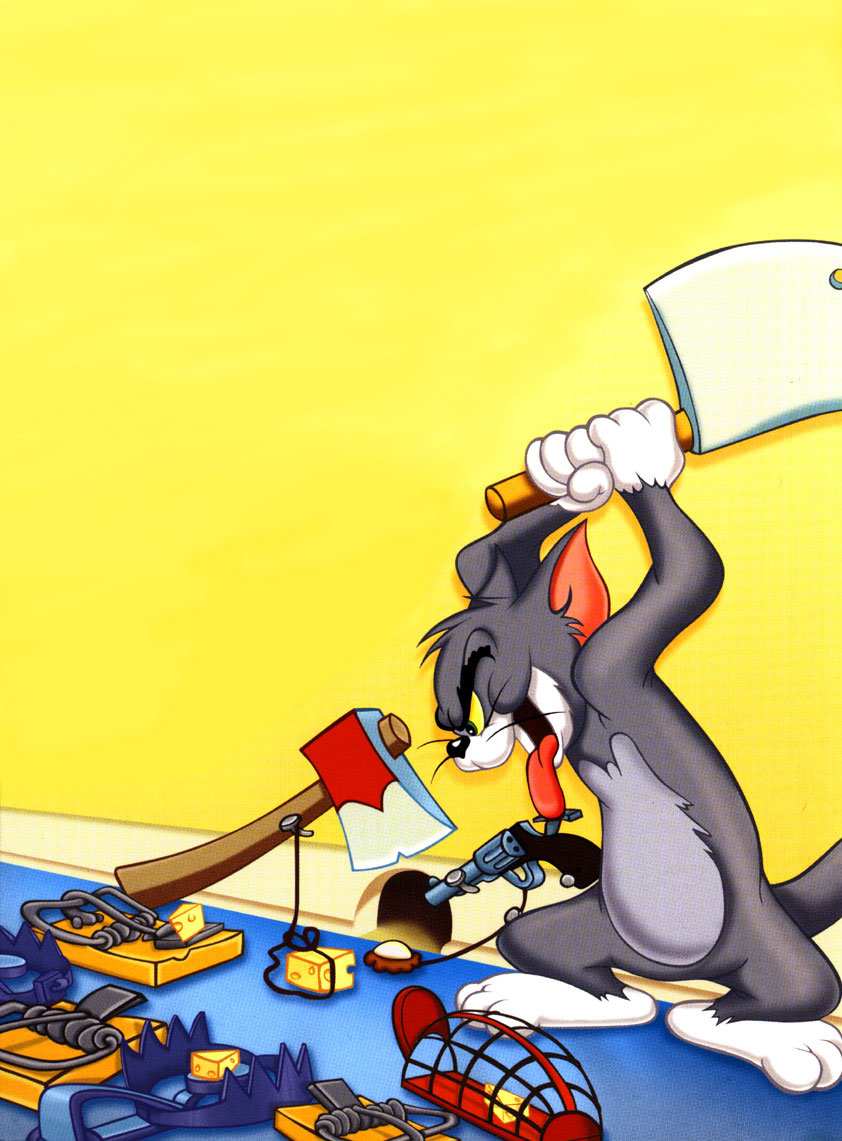Okay,
here’s the age old mantra at Hollywood: “Sex and Violence Sells.” But what does
that mean for the screenwriters who want to keep their scripts clean and
uplifting? Are they out of a job just because they won’t bend their
moral standards? If that mantra is true, then what about movie industries such
as Pixar, how can they say that “sex and violence sells” when obviously Pixar movies
have none of those things in them and yet almost every movie they crank out is
a box office hit?
Perhaps
what people mean when they repeat the over used saying is this; sexual content
and violence are simply two different types of conflict. Good stories that
sell, therefore, have conflict that drives the story forward and keeps the
audience from being bored. Perhaps that’s what they really mean, whether they know
it or not. This concept for understanding Hollywood’s obsession with these two
things is in no way an original idea on my behalf. Skip Press, one of my very
first screenwriting teachers, is the one who introduced this idea to me. He
used the movies Gone with the Wind
and High Noon as examples of the
concepts of sexual content and violence being strong in each, consecutively,
without the characters ever being together in the first, and not much physical
violence being shown in the second (Press 83). Although I am sure these are
good examples, I have never actually seen either of those movies, so instead
I’m going to tell a different story I’ve heard that gives me perspective on
what really sells in movies.
Everyone
knows Toy Story, right? Lovable sheriff toy that loyally protects the ones he
loves and a strange, new astronaut toy that comes into the story and brings the
conflict of change. The situations of a talking sheriff and astronaut toy at
odds with each other are hilarious! Kids love it. Adults love it too. But the
heartwarming story that everyone knows and loves didn’t start out so clean.
Pixar wanted to bring a new generation of animation movies to the public; movies
that would appeal to adults, not just to kids. So they kept pushing the script.
It needed to be edgier, it needed to be dirtier, it needed to be more dangerous.
Finally, one day, they sat back and took a look at what they were making. They
realized that the road they were on would land them with an R rated movie. Woody
was completely dislikable; smoking, drinking, swearing every ten minutes. The
whole atmosphere of the movie was dirty and felt like eggshells in your mouth.
Thankfully, they woke up and threw the whole thing out. Taking up a pen and a
clean piece of paper they said “Okay, let’s just focus on telling a good
story.” That’s exactly what they did and they’ve been telling good stories ever
since.
I’m
not saying I completely buy into the idea that everyone who says that “sex and
violence sells” really are just saying that a good story needs conflict driving
it forward, because I don’t just take everything I read as gospel truth. There
are people who think that movies are boring if they don’t have enough violence
and sexual content in them. The more we watch that stuff, the more desensitized
we become, so that next time it will take just a little bit more to shock us
and make us squirm in our seats. I’m standing on the side lines watching the
train of media hurtle at break neck speeds down an old train track with no
brakes and it scares me – but that’s another topic. I will just say that I
believe that sex and violence isn’t what movie audiences really want to see, at
least, not the majority of them. What we all want are good stories that make us
root for the hero and in the end have the satisfaction of seeing good triumph
over evil and injustice. That’s what really sells.
 |
| FunnyJunk.com |
Bibliography
Press, Skip.
"Sex and Violence Sell: What That Really
Means." The Complete
Idiot's Guide to Screenwriting.
3rd ed.
Indianapolis, IN: Alpha, 2008. 83. Print.

No comments:
Post a Comment